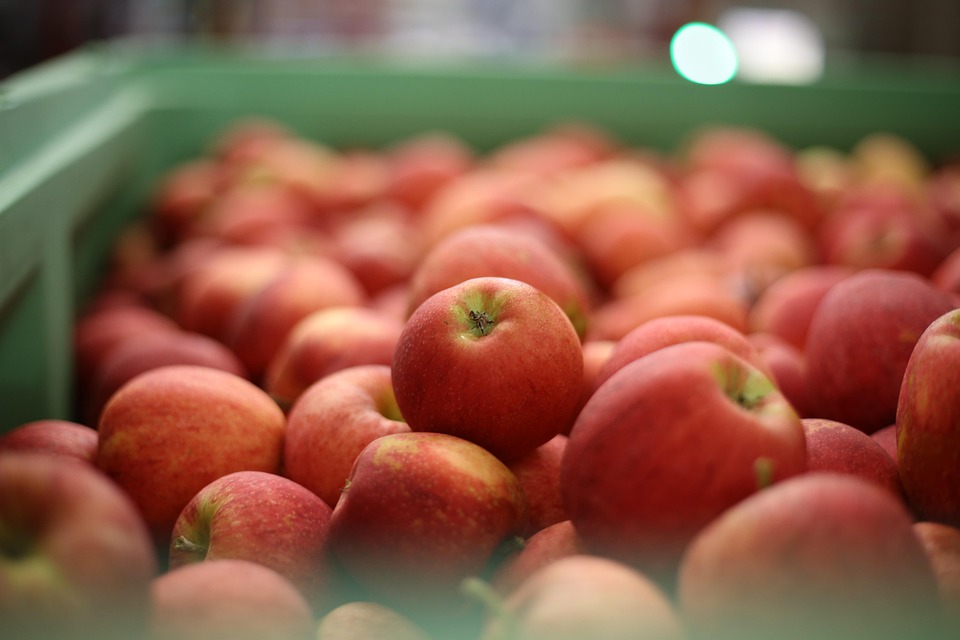Family Mealtime Magic: How to Make Healthy Eating a Family Affair
Introduction
In our fast-paced world, the concept of family mealtime has often taken a backseat to convenience. Yet, research shows that shared meals can significantly impact family dynamics and children’s health. Family mealtime can create a special environment where not only food is shared, but also values, traditions, and conversations. This article aims to explore how to transform mealtime into a magical, health-focused family affair, offering practical tips, strategies, and insights for families looking to cultivate a healthier eating environment.
The Importance of Family Mealtime
Building Relationships
Eating together can foster closer relationships among family members. Studies have found that children who frequently eat with their families are less likely to engage in risky behaviors and are more likely to perform better academically. Mealtime offers a setting for sharing stories, laughter, and experiences, which strengthens family bonds (Smith, 2020).
Health Benefits
Sharing meals as a family can also improve nutritional habits. Families that eat together tend to consume more fruits, vegetables, and healthier snacks as opposed to families who don’t share meals regularly. Research indicates that children are more likely to try new foods, especially fruits and vegetables, when dining with family (Jones & Smith, 2019).
Creating a Positive Mealtime Environment
Establishing a Routine
One of the most effective ways to ensure that family meals occur regularly is to establish a consistent routine. Designate specific days and times for family dinners, minimizing the influence of busy schedules. For example, you might choose to have family dinners every Sunday and Wednesday. A routine not only sets expectations but also creates anticipation for family time.
Setting the Scene
Creating an inviting atmosphere can enhance the mealtime experience. Here are some ideas to consider:
- Table Setting: Use colorful tableware, centerpieces, or seasonal decorations to make the dining experience visually appealing.
- Music: Play soft background music to set a relaxed mood.
- Technology-Free Zone: Encourage phone-free meals to promote genuine conversation. Implementing a "no devices at the table" rule can lead to richer interactions.
Involving Everyone in Meal Preparation
Cooking as a Family Activity
Involving every family member in meal preparation can be both fun and educational. Kids can assist with tasks appropriate for their age, such as washing vegetables, measuring ingredients, or even setting the table. This involvement helps develop culinary skills, fosters teamwork, and builds excitement about the meal.
Recipe Selection
Allow each family member to contribute to meal planning by selecting their favorite healthy recipes. This not only makes everyone feel included but also encourages children to be more open to trying new foods. Create a "family recipe book" where everyone can add their favorite healthy recipes, which can become a treasured keepsake over time.
Healthier Eating Choices
Planning Nutritious Meals
Incorporating healthy foods doesn’t have to be a chore. By planning nutritious meals ahead of time, you can ensure that meals are both balanced and appealing. Start by using the following guidelines:
- Balanced Plates: Aim for a diverse plate that includes 50% vegetables, 25% lean proteins, and 25% whole grains (Lee & Chen, 2021).
- Colorful Foods: Encourage the consumption of colorful fruits and vegetables, which are generally rich in vitamins and minerals.
- Healthy Snacking: Offer healthier snacks like fruits, nuts, and whole-grain options between meals to elevate nutritional intake without compromising on taste.
Exploring New Ingredients
Encouraging your family to explore new ingredients can help in reducing mealtime monotony. Plan themed dinners centered around a specific cuisine—such as Italian, Mexican, or Asian—to inspire creativity in the kitchen. This not only exposes family members to different flavors but also ignites curiosity about global cultures.
The Conversation During Meals
Encouraging Open Dialogue
Mealtime offers a perfect opportunity to cultivate open communication. Use the following strategies to facilitate engaging conversations:
- Ask Open-Ended Questions: Encourage family members to share their thoughts by asking questions such as "What was the best part of your day?" or "If you could choose any superpower, what would it be and why?".
- Family Highlights: Dedicate a few minutes for everyone to share something exciting or noteworthy that happened during the week.
Limiting Distractions
By making mealtime a "talk time," families can limit distractions and focus on each other. Encourage family members to express their thoughts by listening attentively and eliminating interruptions. This creates an environment conducive to healthy discussions.
Overcoming Challenges
Busy Schedules
In a world where family members have hectic schedules, finding time for family meals can be challenging. Here are some practical solutions:
- Meal Prepping: Dedicate a couple of hours on the weekend for meal prepping. Prepare and store meals in advance, making it easier to enjoy home-cooked meals during the week.
- Simplify Recipes: Opt for quick, healthy recipes that require minimal ingredients and cooking time.
Picky Eaters
Dealing with picky eaters is a common challenge for families trying to maintain a healthy diet. Here are a few strategies:
- Involve Them in the Process: As mentioned, let children participate in the cooking process. They’re more likely to try foods they’ve helped to prepare.
- Avoid Forcing: Rather than forcing children to eat specific foods, encourage them to take a "no-thank you" bite. This helps them become more familiar with various flavors without stress.
Special Occasions and Traditions
Celebrating Together
Establishing mealtime traditions around special occasions can create lasting memories. Whether it’s a specific meal for birthdays, a family potluck for holidays, or Sunday breakfast rituals, these gatherings reinforce family unity.
Cultural Meal Nights
Celebrate your family’s heritage by organizing cultural meal nights. Share stories about the significance of the dish being prepared. Customary meals can provide not just nourishment but also cultural education and connection, bridging generations through food (Rodriguez, 2022).
Conclusion
Creating a family mealtime that emphasizes healthy eating is not merely about the food; it’s about building connections and nurturing relationships. By establishing routines, engaging everyone in meal preparation, fostering meaningful conversation, and overcoming challenges, families can transform mealtime into a magical experience.
As you implement these strategies, remember that every family is unique, and it’s essential to discover what works best for yours. Through commitment and creativity, healthy family meals can become a cherished tradition that benefits everyone involved—health-wise and emotionally.
References
- Smith, J. (2020). The Impact of Family Meals on Child Development. Journal of Family Health.
- Jones, A., & Smith, L. (2019). The Influence of Family Mealtime on Nutritional Intake in Children. Nutrition Research Reviews.
- Lee, C., & Chen, M. (2021). Creating Balanced Meals for Families: A Practical Guide. Family Nutrition Journal.
- Rodriguez, F. (2022). Cultural Heritage and Family Dining: A Recipe for Unity. Culinary Anthropology Review.
Incorporating these elements into family life can truly transform your approach to mealtime, making it a time of joy, health, and connection.


























Add Comment